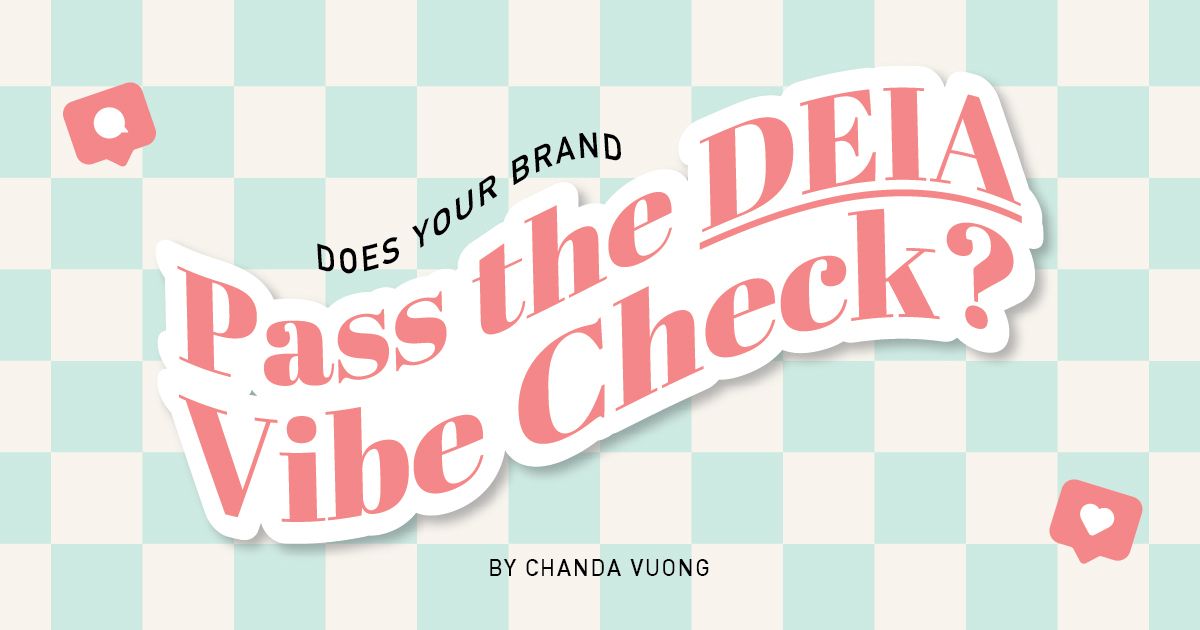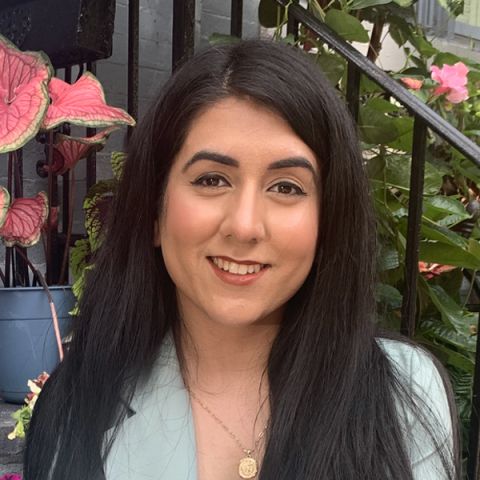Many brands and companies have been going through rebranding and repositioning efforts as they attempt to “stay woke” and be more inclusive. Whether it's by launching a more representative product line or taking a stand on a societal issue, today's consumer is paying close attention. Now more than ever, a company’s culture, values, and trustworthiness matter.
In a previous blog, we talked about how Rihanna's Fenty Beauty was successful from the start because she set the standard in the beauty industry for inclusive and affordable products. In another blog, we discussed the necessity for market research before launching new products or a brand refresh. Now, let’s talk about a few other successes, some failures, what happens after the fact, and how you can avoid failure altogether when it comes to creating an inclusive brand.
Brands That Did it Right
Savage x Fenty
In addition to Rihanna’s successful line of beauty products, she also launched Savage x Fenty, a lingerie brand. This line is equally successful because Rihanna stayed true to her mission of authenticity, inclusivity, and diversity. By featuring models of different shapes, sizes, races, ages, and disabilities in the brand’s marketing and fashion shows from the start, she was able to reach all types of consumers and make the brand seem inviting and approachable.
Klassy Network
Klassy Network, founded by Natalie Rogers, is another thriving brand that offers functional and fashionable size-inclusive clothing. Rogers started her clothing line to solve the issues women face with their bras. She created highly supportive built-in bra tops that don’t compromise on comfort or style. Not only did she achieve her goal, but by offering “clothing sizes in XS - 3XL and chest sizes A-G+ cup,” marketing with models of all shapes and sizes, and creating high-quality products that actually work (speaking as a loyal customer), Rogers has launched a brand that took the right approach to inclusivity. She has also expanded her line from tops and bodysuits to size-inclusive dresses and bottoms.

Brands That Did it Wrong
Victoria’s Secret
After Victoria’s Secret’s former CMO, Ed Razek, made several offensive comments in a Vogue interview about trans and plus-sized models in 2018, the brand has been facing serious backlash. In an effort to do some damage control, the company then canceled its annual fashion show and kept a low profile. After some time, Victoria’s Secret brought the show back with a few diverse models, but the execution left something to be desired. Twitter users criticized the 2023 show for its lack of originality and thought it looked a little too much like the 2019 Savage x Fenty show. Others felt that the show was still overflowing with thin, white, long-legged models. To many consumers, the brand’s attempt at being inclusive was just insincere.

Dove Real Beauty
Dove has often been praised for its successful marketing campaigns, but their 2017 Real Beauty campaign was a massive failure. Their ads featured a black woman taking off her shirt and turning into a white woman, who then took off her shirt and turned into an Asian woman. While Dove didn’t have bad intentions, to say the campaign fell short is an understatement. Consumers were offended because, to them, the ad showed that black equals dirty, and with Dove soap, you can be clean and white. Due to a lot of negative feedback, Dove released an apology and deleted the ads.

How To Avoid Failure
When a half-baked DEIA initiative fails, companies often get paralyzed by that failure and stop trying to build a more inclusive brand. Funding for these initiatives gets cut, DEIA teams get laid off, or the company makes hasty hiring decisions in building a “DEIA turnaround team.” If your company wants to be more inclusive, you need to do more than hire the right people and put in the work–your efforts need to be authentic, accurate, and actionable:
-
Make an honest effort. The first step is to make genuine efforts in the right direction. The desire to be inclusive shouldn’t be driven by wanting to increase profits or to be “on trend.”
-
Do your research. A brand can’t be successful if it doesn’t put its audience front and center. When trying to reach diverse audiences, you need to understand their preferences, challenges, and mindsets. This could mean consulting with subject matter experts, conducting surveys, or holding focus groups.
-
Follow through. In the end, your efforts can’t just be lip service. Especially now, consumers can recognize authenticity, and if they sense that you are being disingenuous, they won’t hesitate to shut you down and call you out. Without real actions to back up your words, your DEIA initiatives will fall flat–and you might end up spending more in PR and crisis management than on your campaign.
Want to be more inclusive with your next campaign? We can help!

